
Review: Zoom R20
The R20 might well be what it takes to get those creative juices flowing again. Time to get the band back together?
Zoom’s new addition to the R Series is a recorder, mixer, and control surface. That’s an ambitious undertaking for such a pared back device. As we’ll see, the R20 is a multitrack recorder with a few tricks up its sleeve.
Confession: it’s been 20 years since laying my hands on a multitrack recorder, before shifting focus to the world of computer DAWs.
I must say, on un-boxing I found that it had quite an appealing solidity to it — a far cry from the clack-y plastic casing of the Roland VS2000CD I used half a lifetime ago. The heft presents it as a very different product, and I can immediately understand the appeal of such hardware. With the uncluttered aesthetic of its design, alongside the portable size and weight, it’s seeking to take users to a potential utopia of uncomplicated, distraction-free workflows not readily available from computer-aided music production.
BARE NECESSITIES
We can all acknowledge the power and flexibility of working in-the-box. If you’re fine-tuning a mix, for example, a well-endowed DAW is essential. But this isn’t the tweaky, left-brained world the R20 is wanting to insert itself into. Untethering yourself from your DAW can feel quite liberating.
Even up against a more minimal setup of a laptop, an interface and/or mixer — and their attendant power supplies — this product urges me to just grab a guitar and some cans and take the R20 to an isolated cabin for an uncluttered, mindful approach to recording.

As I plug it in and start to dig around I find other inclusions and exclusions that, intentionally or otherwise, serve to provide a spartan approach to production. The R20 offers eight inputs (2x combo, 6x XLR), two stereo analogue outputs (L/R main out, headphone out), or eight direct/16 recorded digital outputs over USB-C. There are eight channel strips, each consisting of a gain pot, record arm button, and a fader. It comes loaded with an array of effects — many will be recognisable to those familiar with Zoom’s guitar and bass effect pedals — and a 4.3-inch touchscreen.
Instead of internal storage, users can insert SDHC (4GB to 32GB) or SDXC (64GB to 1TB) SD cards to record to. There’s also a slot for a Bluetooth module, the Zoom BTA-1. Pairing the (yet to be released) iOS-based ‘R20 Control’ app with this dongle would see users able to control the mixer and recording interface from across the room, studio, or venue. It would also allow a better experience to visually impaired users with ‘VoiceOver’ and ‘VoiceOver Gestures’.
CLEAR THE DECKS
The unit’s stripped back approach to handling insert and send effects may seem limiting when one has been conditioned to an absolute extravagance of choice. Once you take away the deep-layered minutiae of what’s possible in DAWs you find yourself with less decisions to make. This discourages over-cooking mixes, by encouraging users to make more effective, direct choices.
NEED TO KNOW
Review: Zoom R20
Multitrack Recorder

The touchscreen is bright and reactive, and it has an intuitive GUI — with practical navigation and editing — however, my clumsy musicianship found me longing for a way to either punch-in or trim the clips with a more granular accuracy. Perhaps it just reveals that I need to unlearn some lazy habits.
The R20 comes with 19 basic synth voices including e.piano, bass, and drums. These can assist with making quick, on-the-road song sketches. There’s also a drum pattern sequencer, with styles locked to several ‘genres’ as quick-start points. The drums are live-recorded loops, and are a step up from using the dry metronome, however, they’re not really designed for anything beyond scratch parts.
Using the session of a standard four-piece band as an example, the eight inputs can be used in a quick and dirty live capture of the band in full flight. However, in this scenario, the R20 seems more geared toward laying down a live stereo full-band scratch-track, re-tracking drums, and then layering the rest of the band over the top. It’s able to handle 16 channels all up, so in this scenario it’s capable of supporting a reasonably dense mix. It records in WAV format (maxing out at 44.1kHz/24-bit).

it’s seeking to take users to a potential utopia of uncomplicated, distraction-free workflows not readily available from computer-aided music production
BUT WAIT, THERE’S MORE!
Moving away from self-contained recording now, the device also offers itself up as a studio interface and provides more tactile access to gain and levels than that of a standard rack interface. It can be connected via USB-C and will show up as an eight-channel interface. On top of that, the unit’s physical ‘transport’ buttons and channel strips can also be used to control your DAW via the ‘Mackie Control Protocol’. It also serves as a handy tool in the studio in a sub-mixer capacity — keeping hardware instruments such as synths and drum machines permanently patched-in for quicker access.
The R20 is very ‘Zoom-y’, in that it offers plenty of possibilities beyond, perhaps, the core rehearsal room application. Zoom has always been fearless in its pursuit of unorthodox product ideas that serve broader markets. This product has a foot in both the live and studio camps, as an interface, a control surface, a mixer, a sub-mixer, and a recorder. Where its absolute sweet spot is will be up to the legion of Zoom aficionados adopting it.







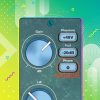

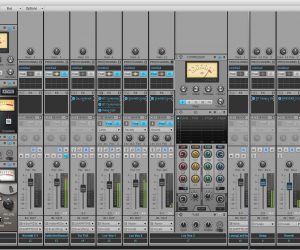
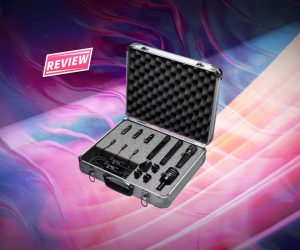
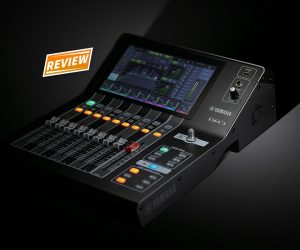






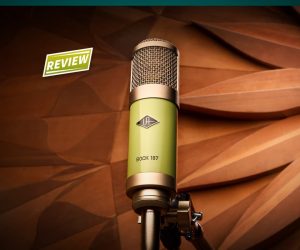

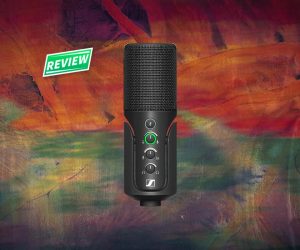


Now that I have used the unit for 2 weeks, half way through my song the R20 stops to inform me I have run out of available regions, and I have to delete existing ones to create a new one.
WTF? Come on Zoom….you incorporate a split function encouraging us to create regions, but then dont provide a stitch function. Hopefully this will be sorted in future updates.
Oh…..the other thing is the machine slows down dramatically as the song complexity builds.